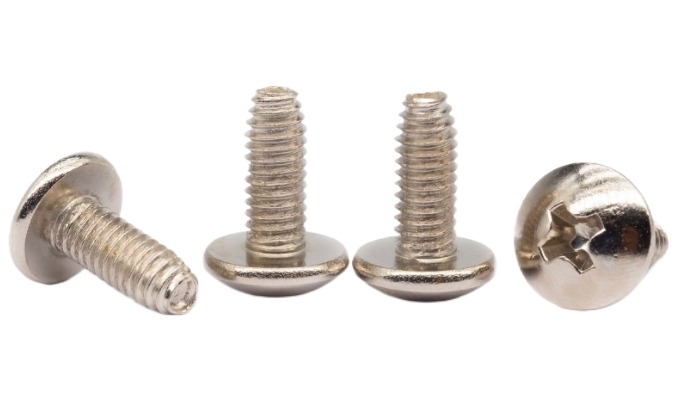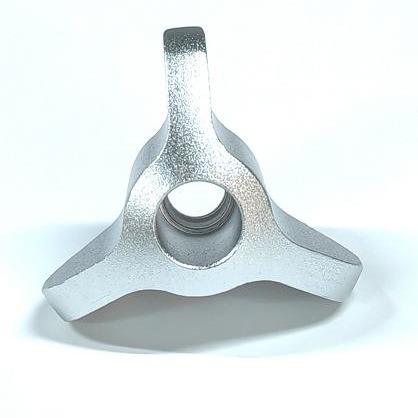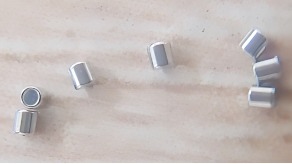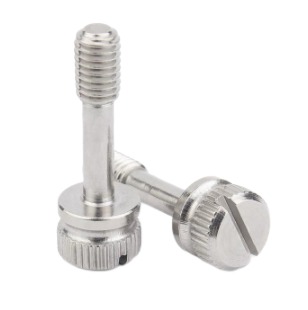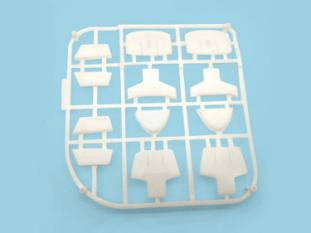How To Choose Material For Injection Molding Products?
Injection molding is a manufacturing process used to produce a wide range of products, from toys and consumer goods to complex medical devices and automotive components. Material selection is a critical factor in the injection molding process, as it determines the properties and performance of the final product. In this article, we will focus on how to choose material for injection molding products, including the importance of material selection in injection molding products, the types of materials used in injection molding, and key factors to consider in material selection.
Injection molding is a versatile and cost-effective manufacturing process that involves heating a thermoplastic or thermosetting plastic material to a molten state and injecting it into a mold. The mold is then cooled and opened, and the finished product is ejected. The process can be used to produce high volumes of parts with complex shapes and intricate details, making it ideal for mass production.
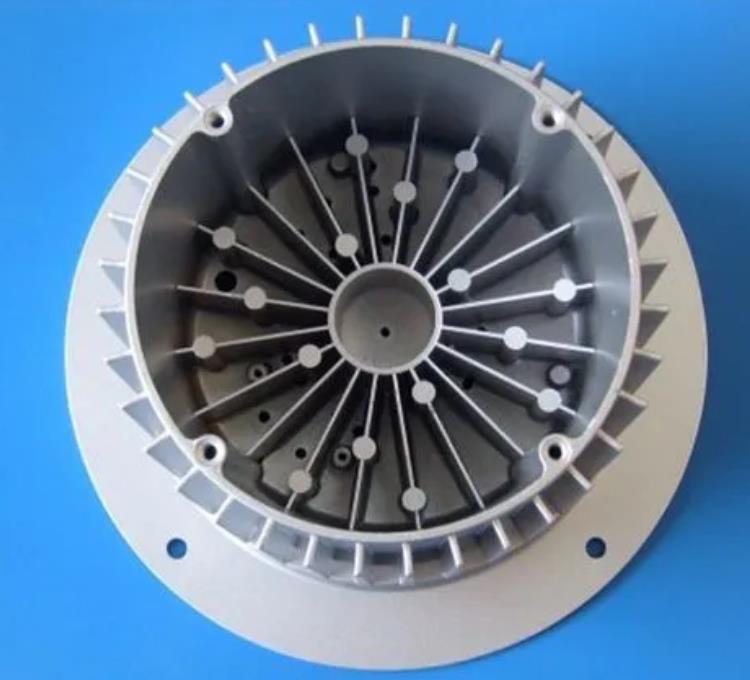
What are Common Types of Materials Used for Injection Molding Products
The choice of material for injection molding products is a critical factor that affects the performance, quality, and cost of the final product. There are three main types of materials used in injection molding: thermoplastics, thermosetting plastics, and elastomers.
Thermoplastics are the most commonly used materials in injection molding. They are versatile, easy to process, and can be recycled. Some common types of thermoplastics used in injection molding include polypropylene (PP), polyethylene (PE), polystyrene (PS), and polyvinyl chloride (PVC). Each of these materials has different properties and characteristics that make them suitable for different applications.
Thermosetting plastics are materials that undergo a chemical reaction during the injection molding process, resulting in a cross-linked polymer structure that cannot be melted or reshaped. Examples of thermosetting plastics include epoxy, phenolic, and melamine. They are often used in applications that require high strength, durability, and heat resistance.
Elastomers are a type of polymer that has elastic properties, meaning they can be stretched and then return to their original shape. They are used in applications that require flexibility, cushioning, and impact resistance. Examples of elastomers used in injection molding include silicone and polyurethane.
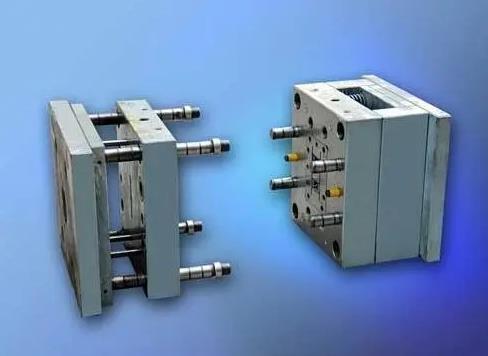
What are Factors to Consider to Choose Materials for Injection Molding Products
When choosing a material for injection molding products, there are several factors to consider, including mechanical properties, chemical properties, aesthetic properties, and cost considerations. Mechanical properties include strength, durability, and flexibility, which determine how the product will perform under stress and strain. Chemical properties include resistance to chemicals, UV, and moisture, which affect the product’s lifespan and durability. Aesthetic properties include color, texture, and surface finish, which impact the product’s appearance and appeal. Cost considerations include material cost, manufacturing cost, and product performance, which determine the overall cost-effectiveness of the product.
Metal injection molding (MIM) is a specialized form of injection molding that uses metal powders to produce high-density metal parts with complex shapes. MIM is often used in the manufacturing of medical devices, aerospace components, and electronics. The material selection for MIM is critical, as the properties of the final product are determined by the type of metal powder used. Some common metals used in MIM include stainless steel, titanium, and tungsten.
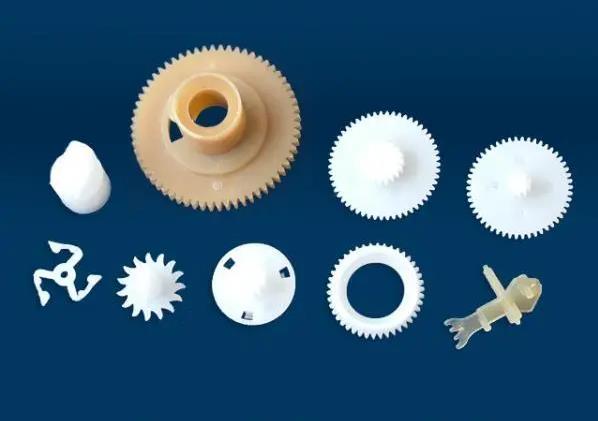
In conclusion, choosing material is a critical factor for injection molding products, as it determines the properties and performance of the final product. Thermoplastics, thermosetting plastics, and elastomers are the three main types of materials used in injection molding. When selecting a material, it is essential to consider mechanical properties, chemical properties, aesthetic properties, and cost considerations. Metal injection molding is a specialized form of injection molding that uses metal powders to produce high-density metal parts with complex shapes, and material selection is critical in MIM. By understanding the importance of material selection, injection molding manufacturers can produce high-quality injection molding products that meet the requirements of their intended application.

